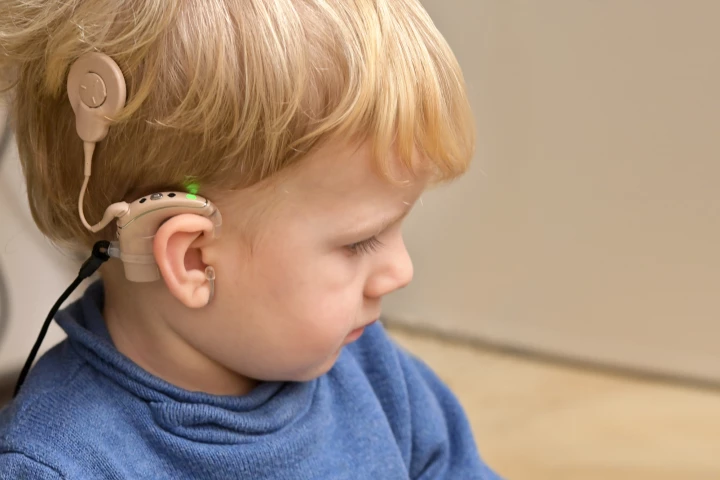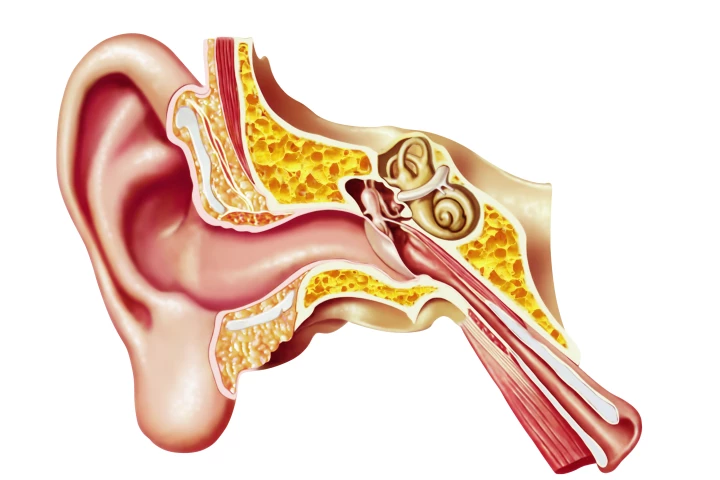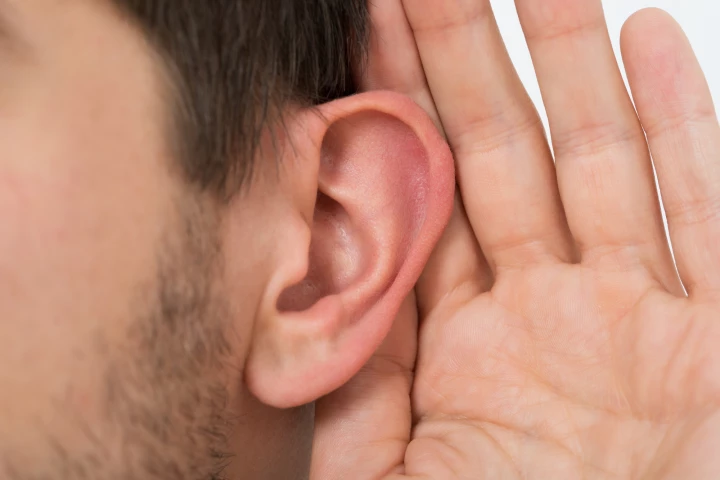ear
-
Researchers at the Salk Institute have made a breakthrough that could lead to new treatments for genetic hearing loss. Gene therapy that delivers a particular protein can ensure faulty hair cells grow correctly, allowing for improved hearing.
-
Researchers at the University at Buffalo have used Bluetooth earbuds and a deep learning AI system to diagnose three common ear conditions with a simple, non-invasive audio test that uses a sonar-like audio chirp to map out the ear structure.
-
When rescuing avalanche victims or other people in cold, snowy outdoor conditions, it can be difficult to monitor their vital signs via traditional means. The MedSENS device was created with that fact in mind, as it simply goes in the ear and gets strapped to the head.
-
There may soon be new hope for patients born with genetic defects that leave them with misshapen or missing ears. A new human clinical trial will test an implant known as an AuriNovo, which uses a 3D-bioprinted ear grown from the patient’s own cells.
-
Scientists studying the mechanisms behind deafness have pinpointed a single gene they described as a type of master switch for cell differentiation, opening up exciting new possibilities around restoration of hearing.
-
Scientists have successfully used gene therapy to reverse genetic hearing loss in mice. The team corrected a gene mutation that affects sensory hair cells in the ear, and the new jigsaw-like method could help improve gene therapy for other disorders.
-
Eardrum perforations are painful, impair hearing and are tricky to repair. The PhonoGraft, developed at Harvard, is a 3D-printed implant that can patch up damage by encouraging natural cells to regrow, and now it’s ready for commercial production.
-
Bacterial infections of the middle ear are quite common, particularly in children, yet they can be difficult to treat. An experimental new device has been designed to help, by zapping the bacteria with plasma.
-
When someone is really intoxicated, they may not be very cooperative when told to blow into a breathalyzer. There could soon be a more passive but just as accurate alternative, though, in the form of an earmuff that measures blood alcohol levels.
-
Although there are systems that allow physically challenged users to communicate by twitching facial muscles, for some people even those muscle movements are impossible. A new setup offers a possible alternative, however, by going into the ear.
-
A new review into the relationship between COVID-19 and hearing problems is suggesting a number of audio-vestibular symptoms can be associated with the disease. The review found hearing loss, tinnitus and vertigo can all be associated with COVID-19.
-
New research is building on the suggestion that our ability to effectively hear something is influenced by the position of our eyes. The study found auditory attention seems to be intertwined with visual spatial attention.
Load More











